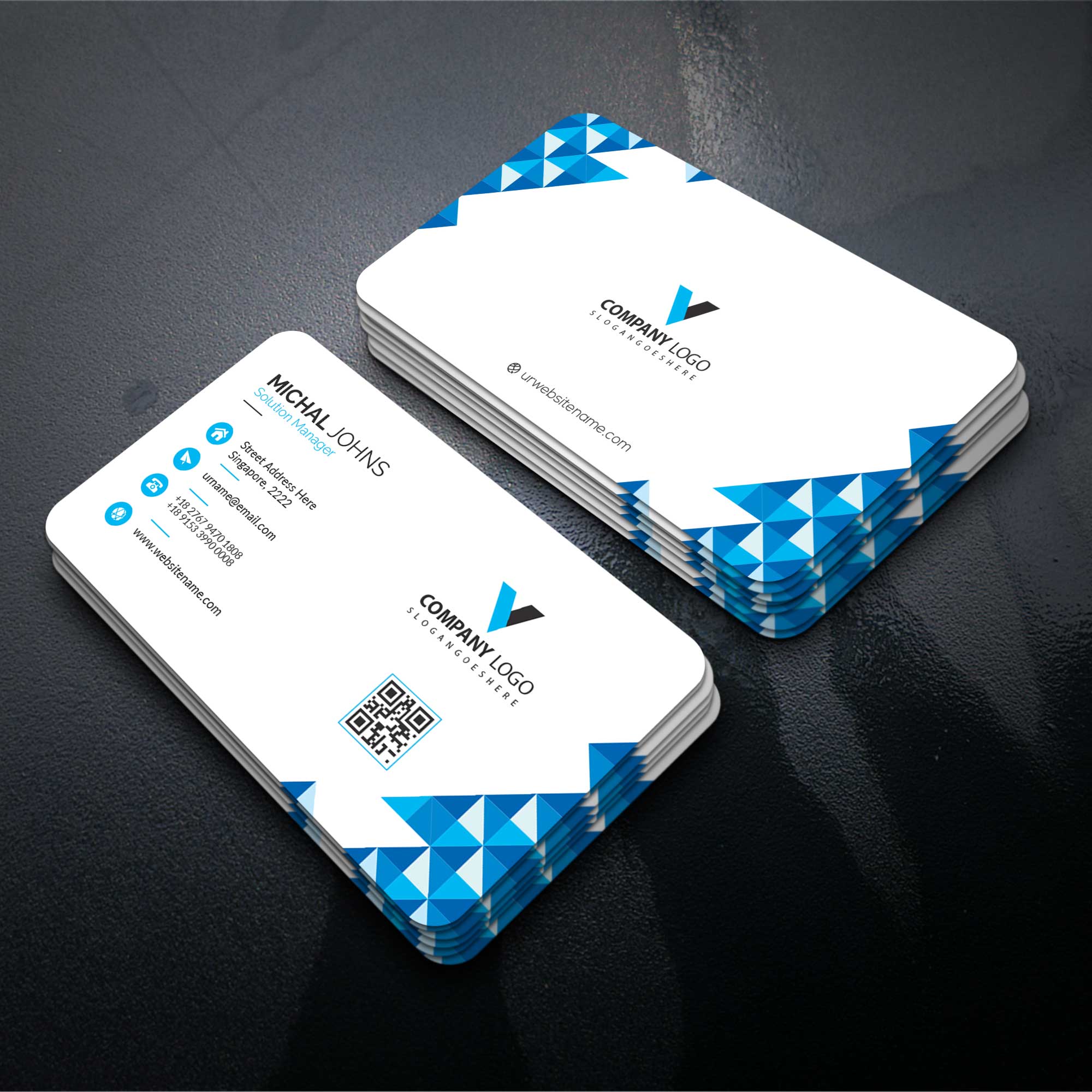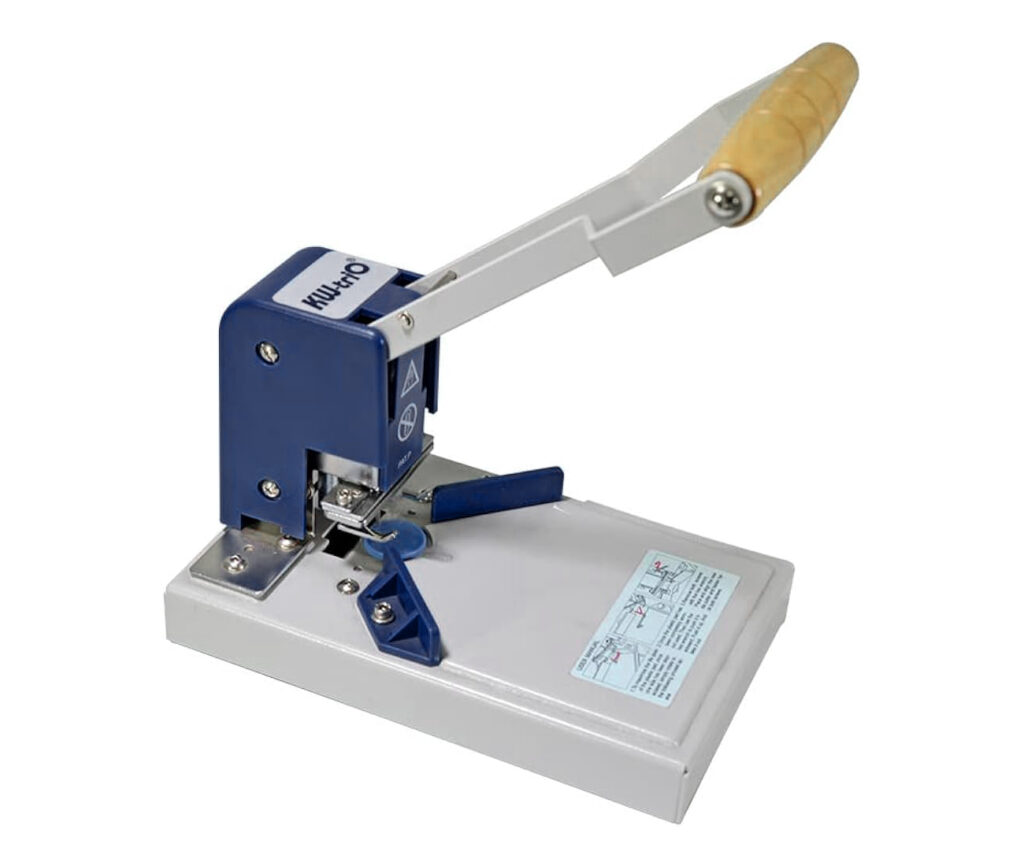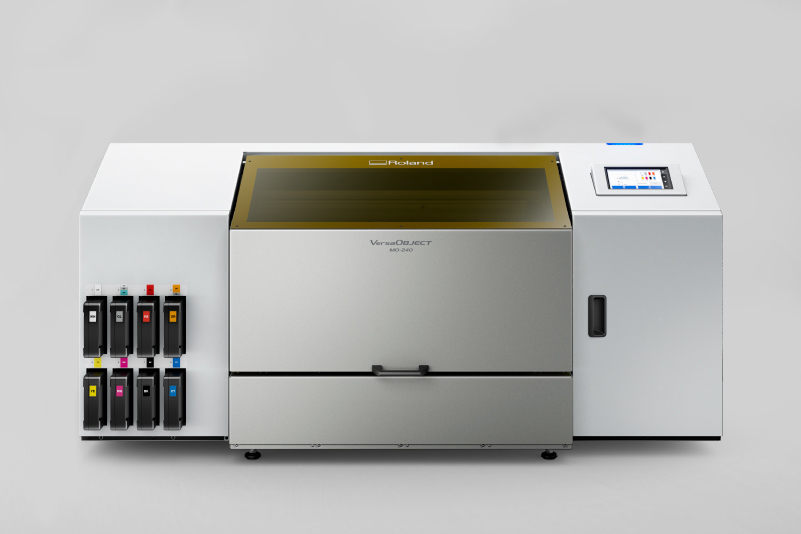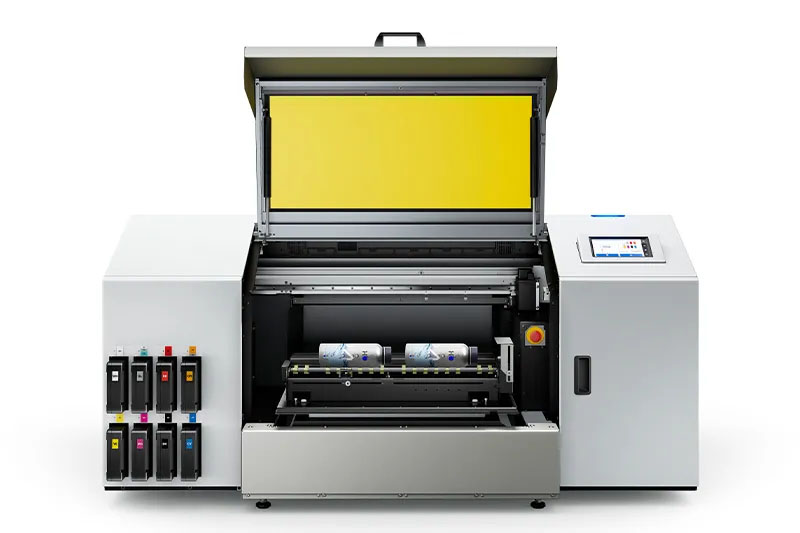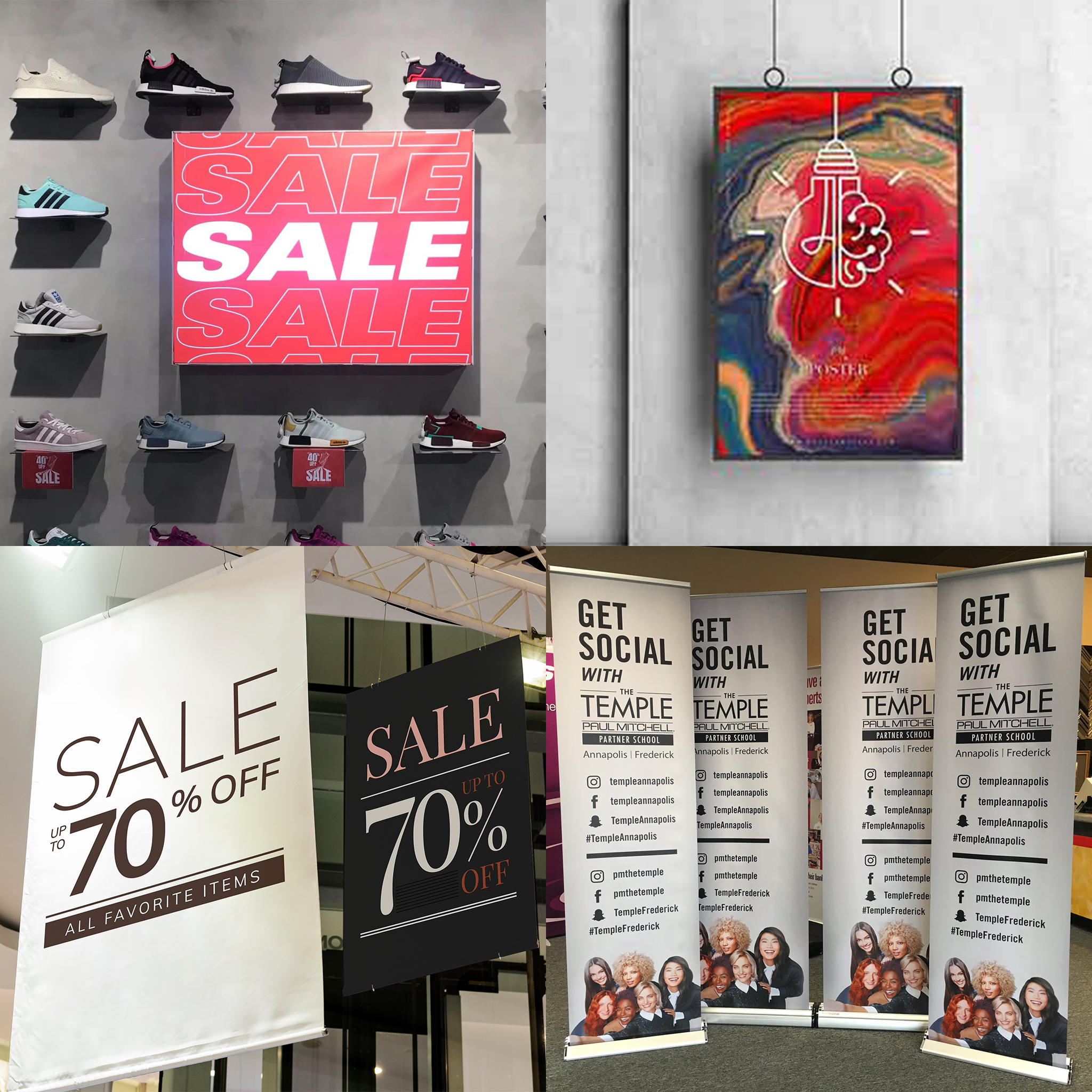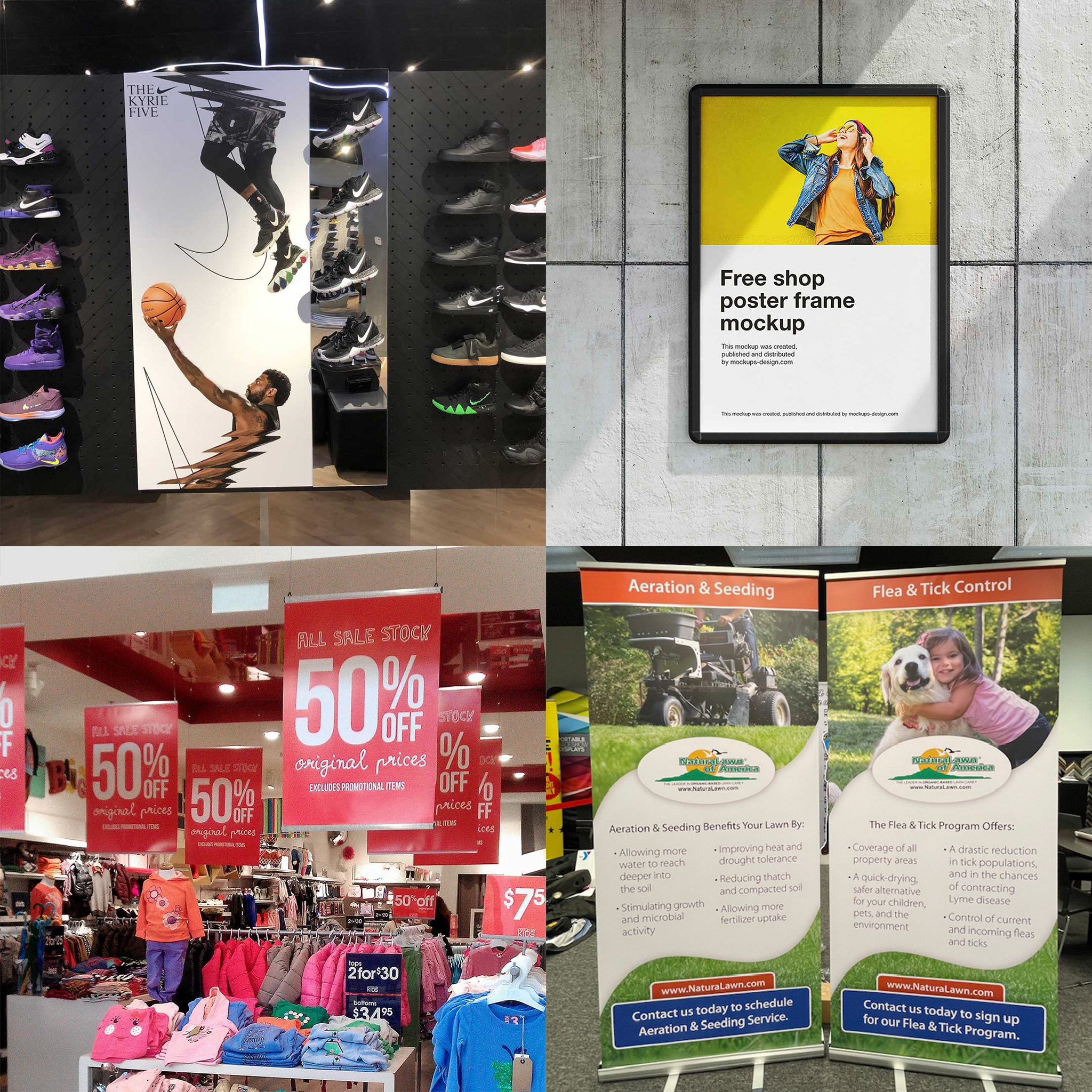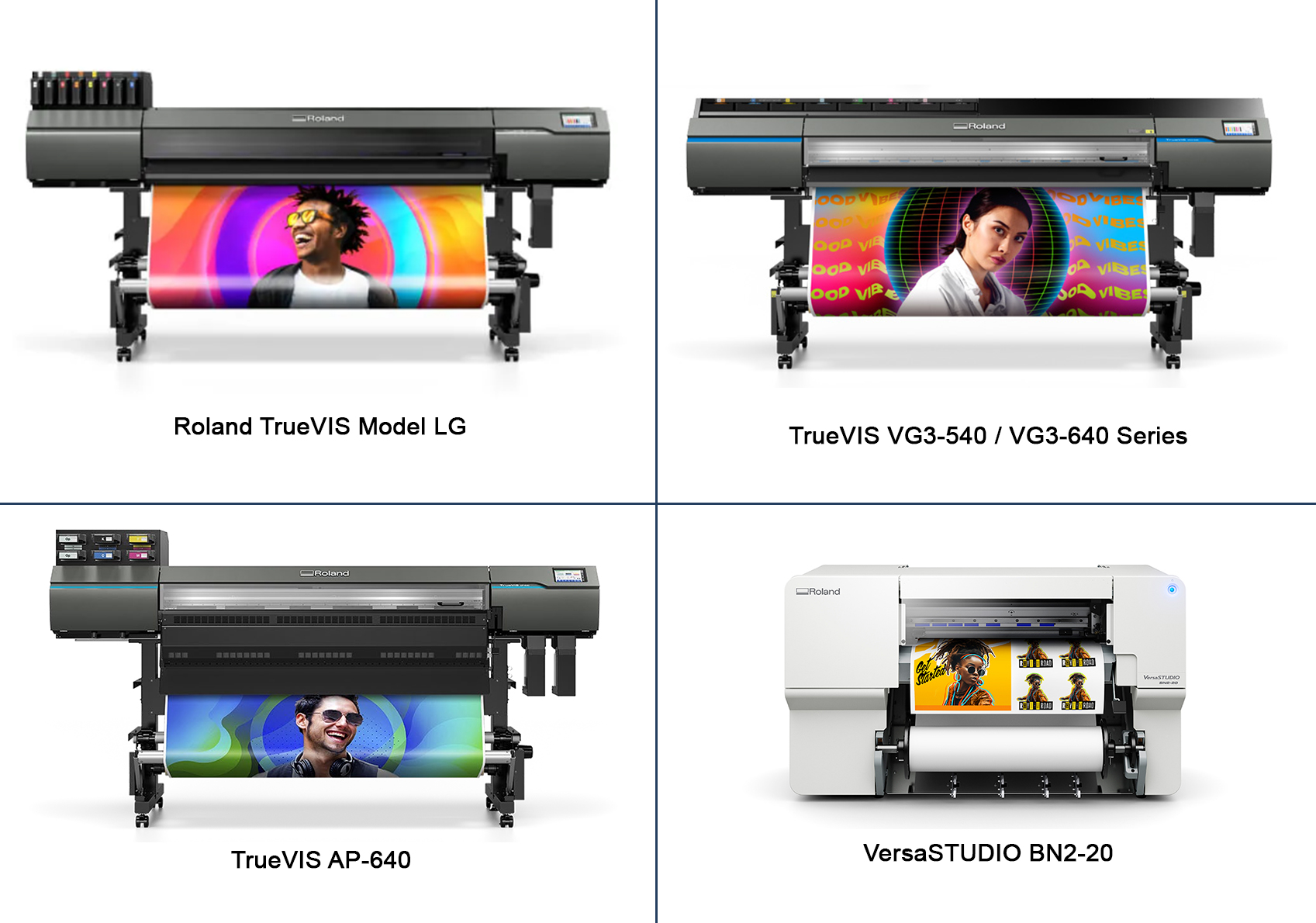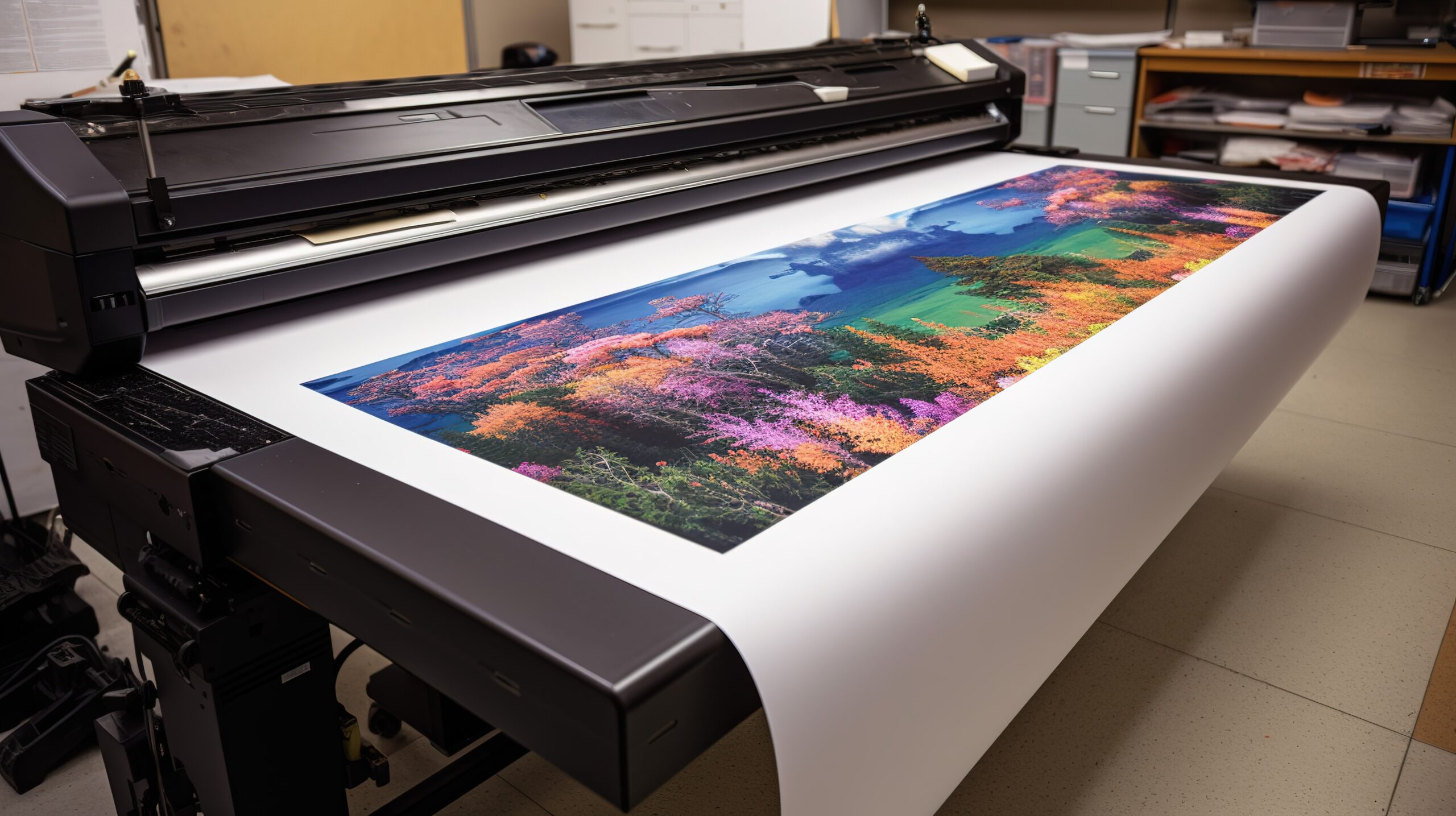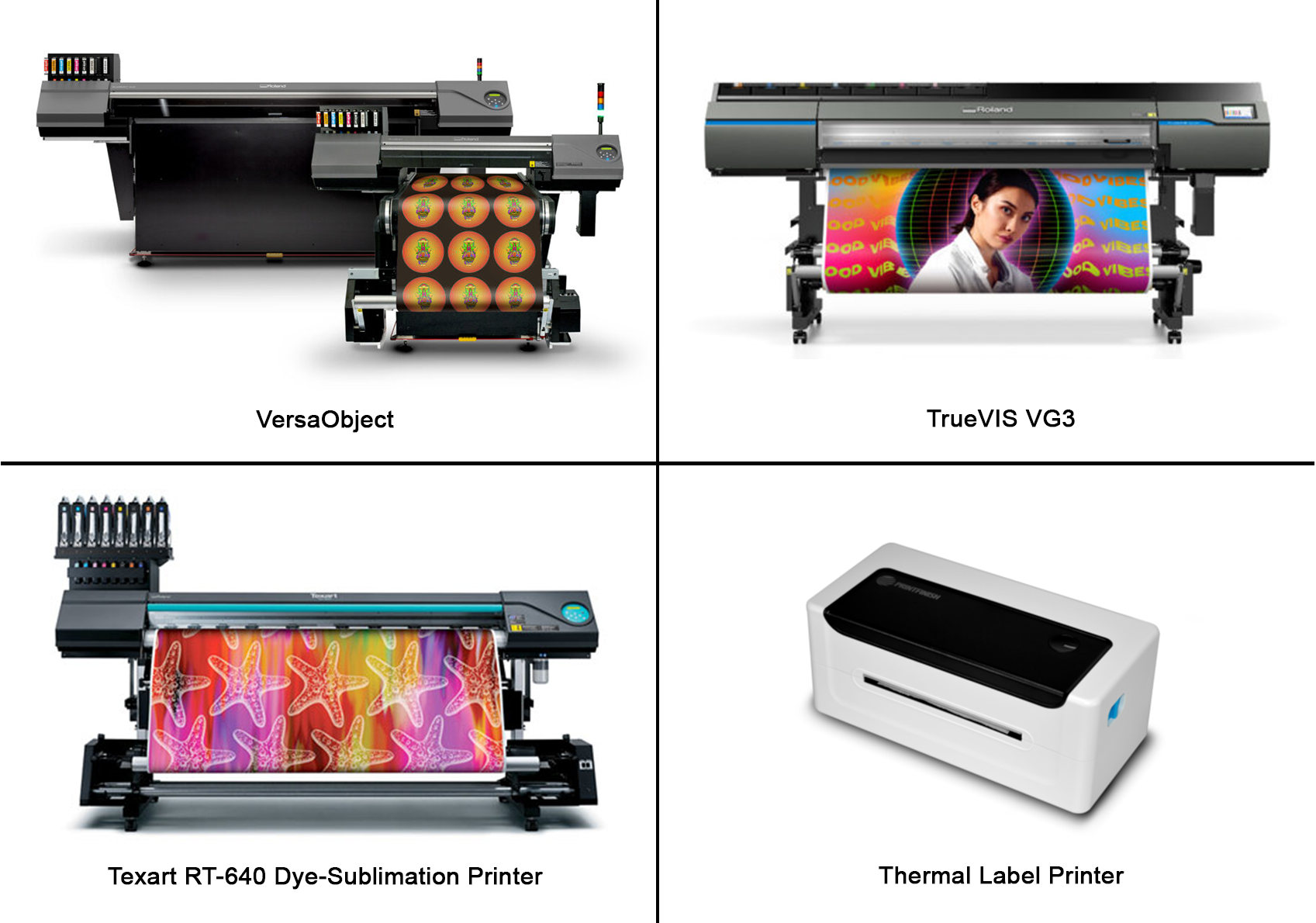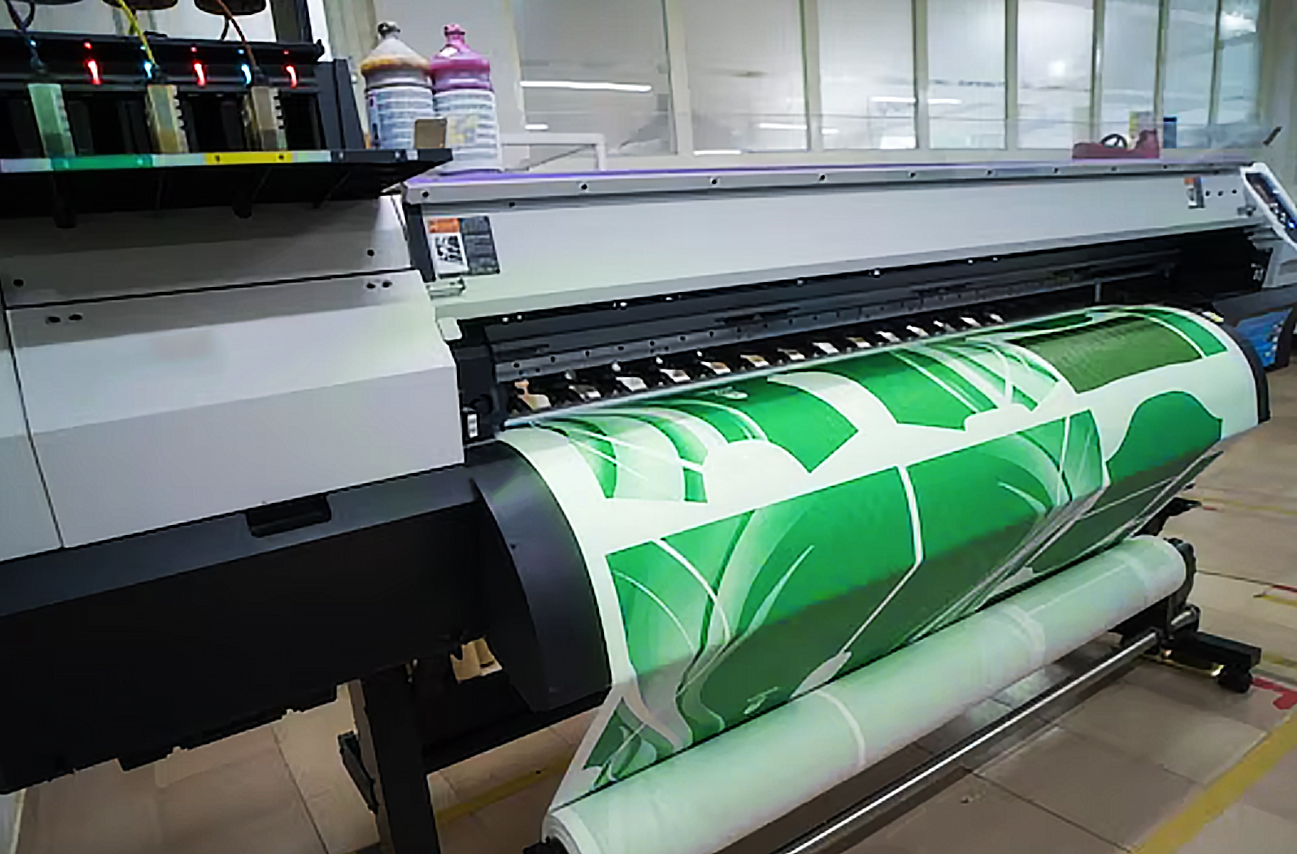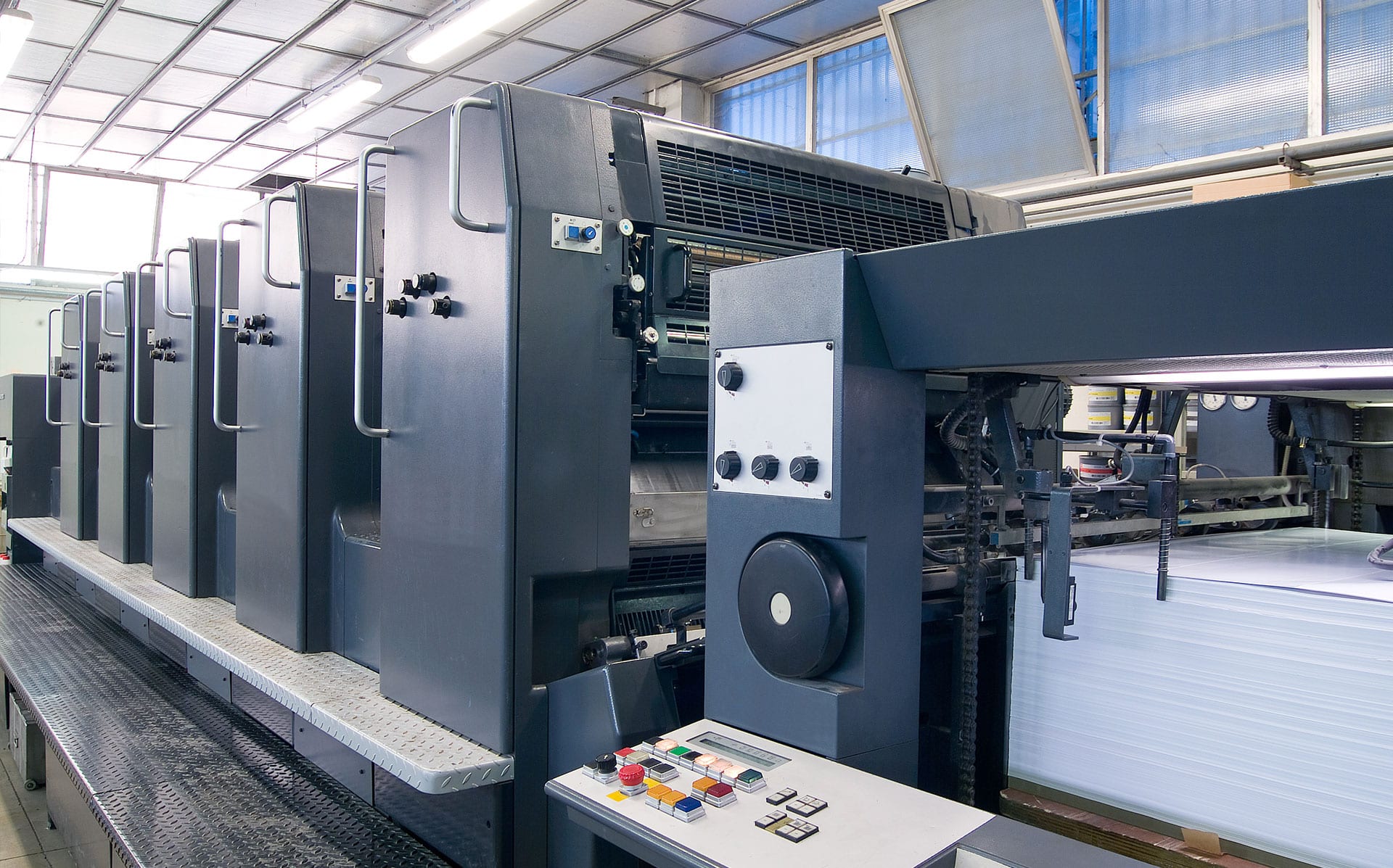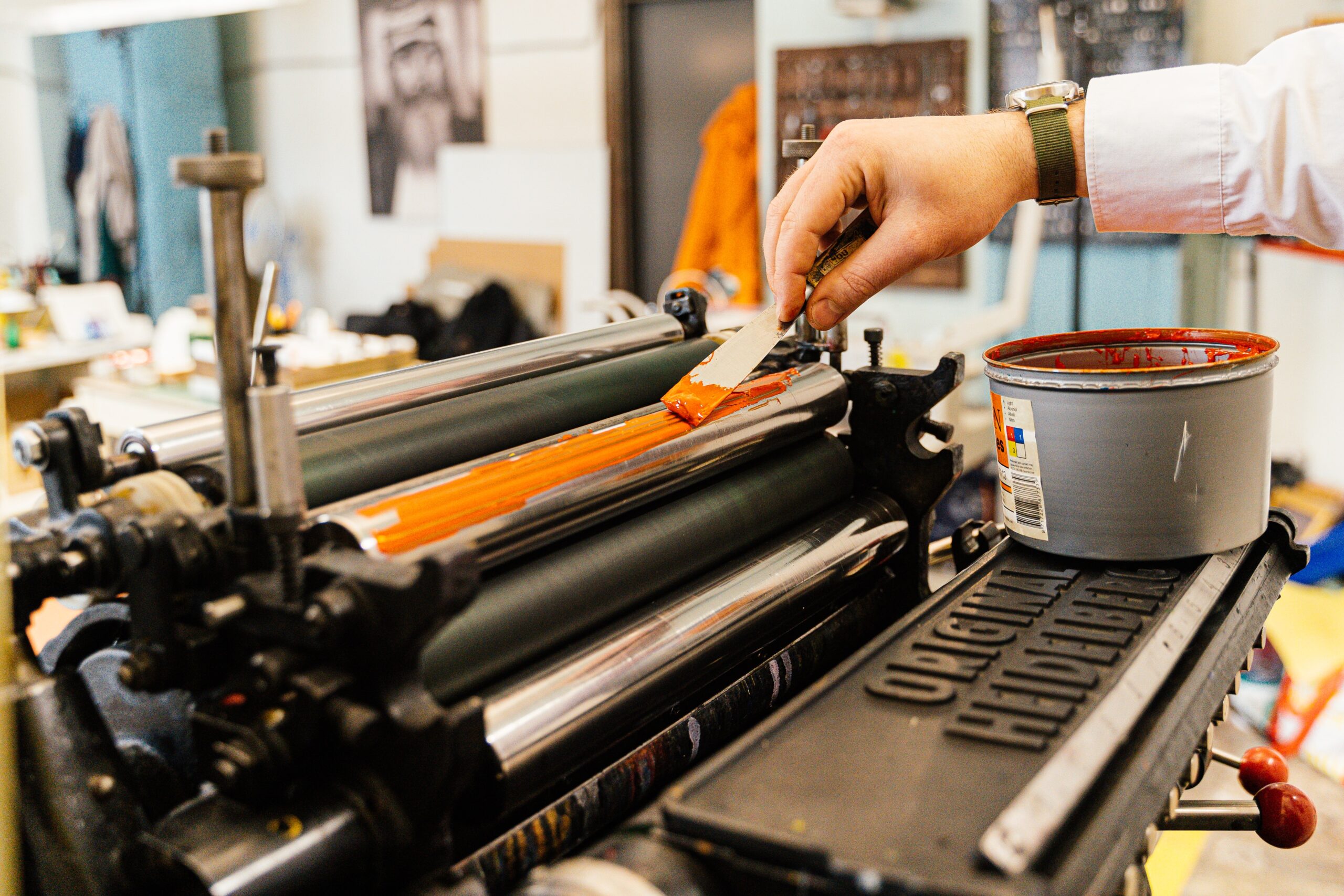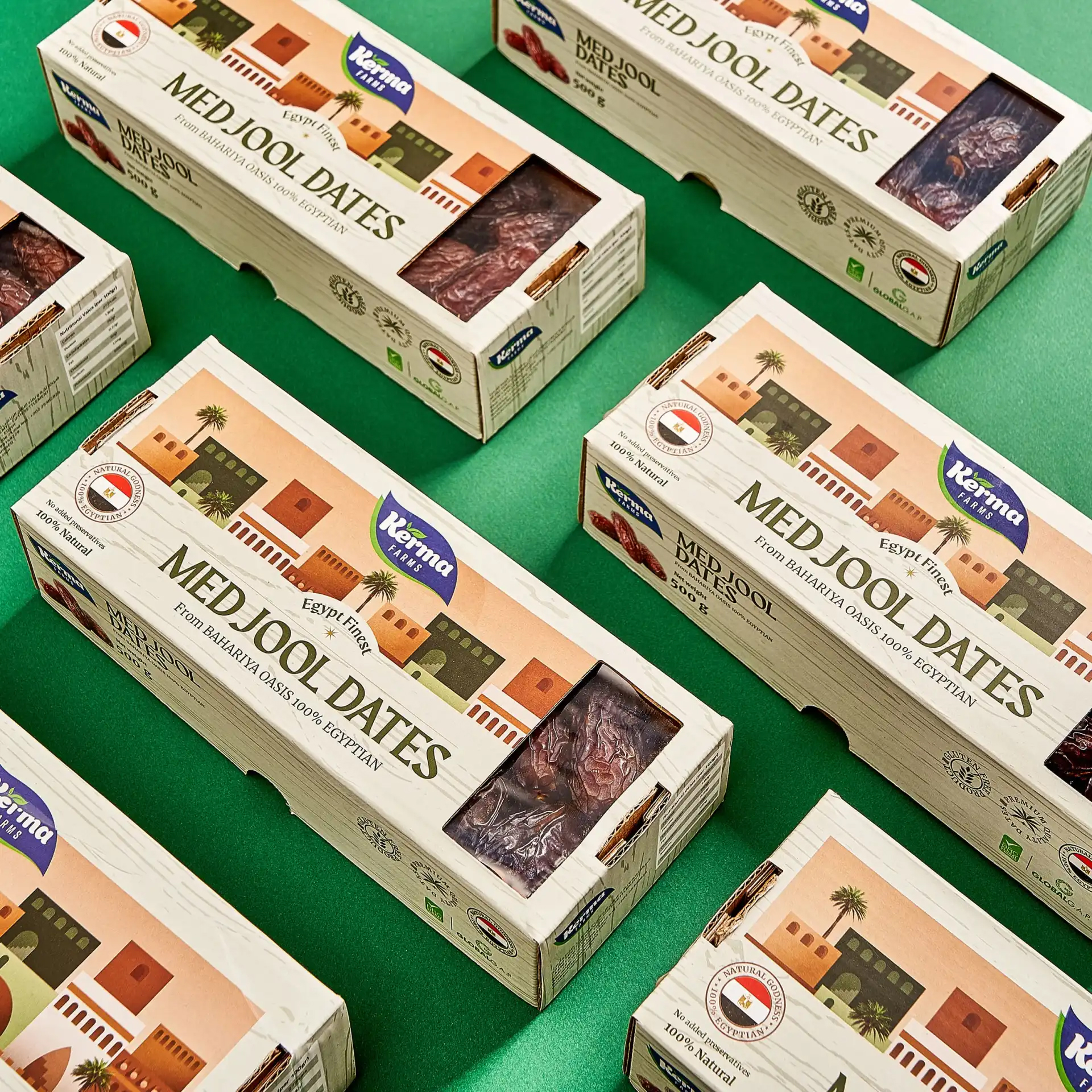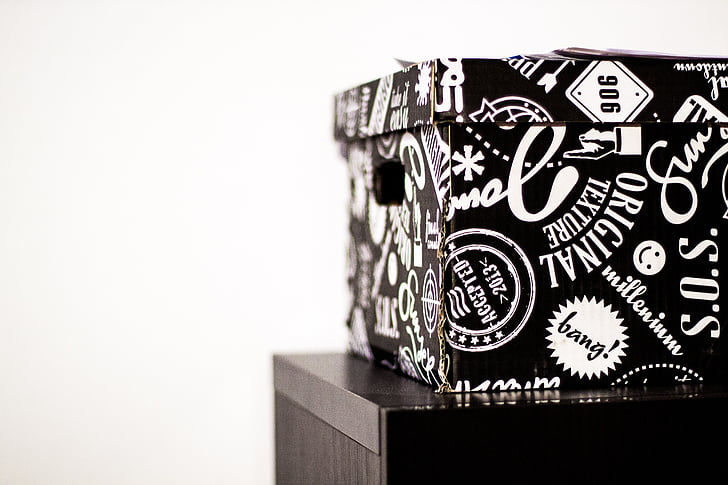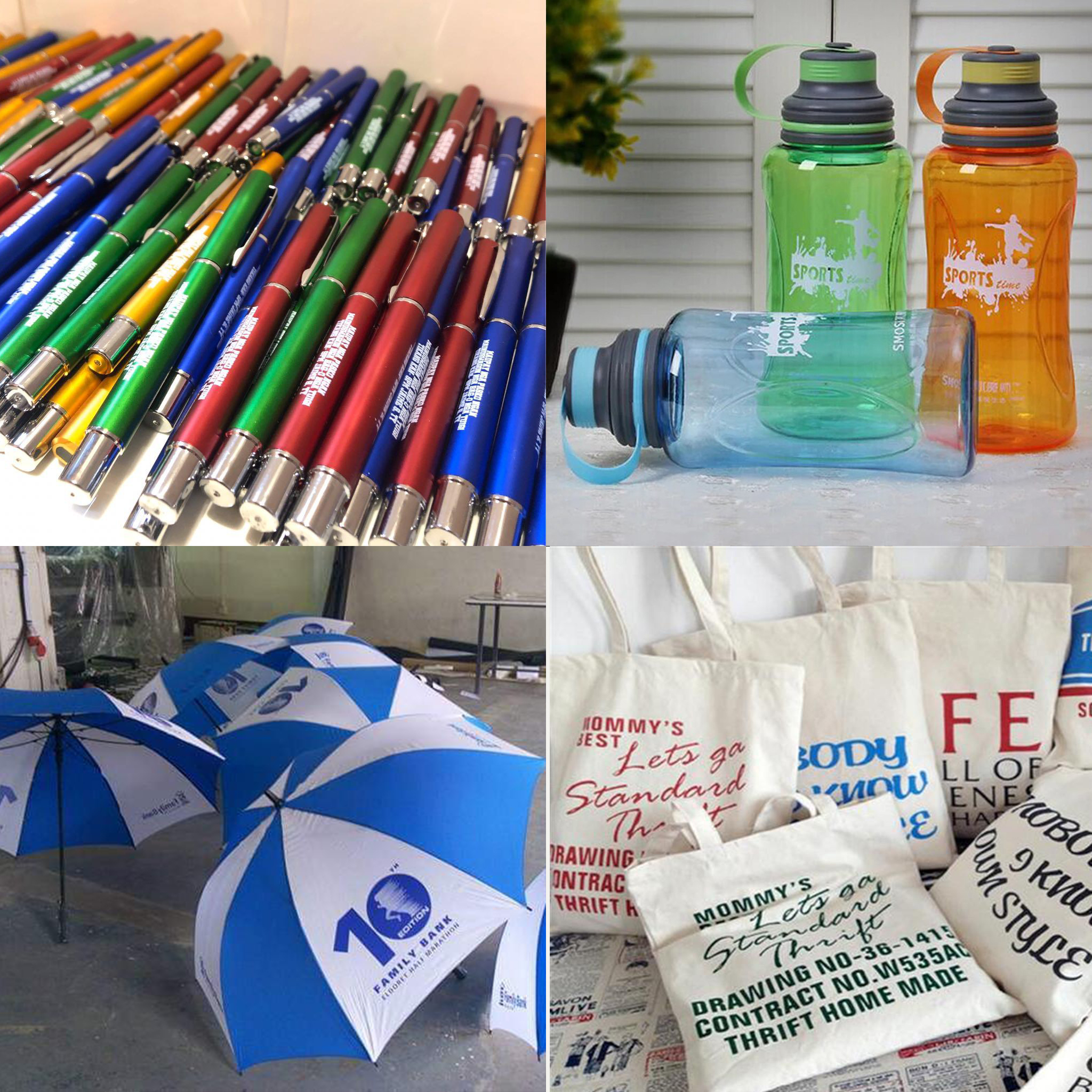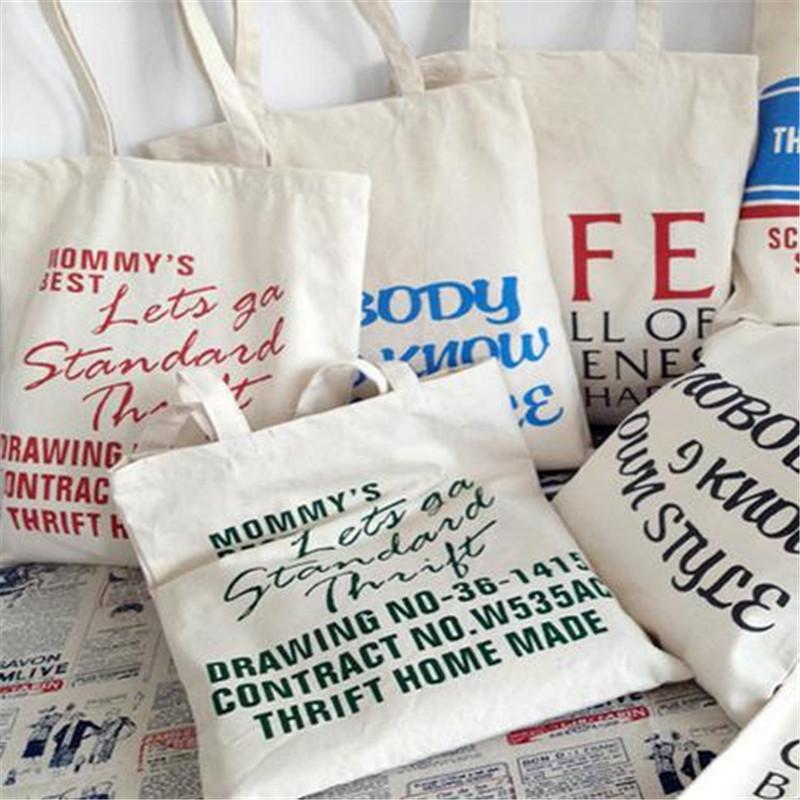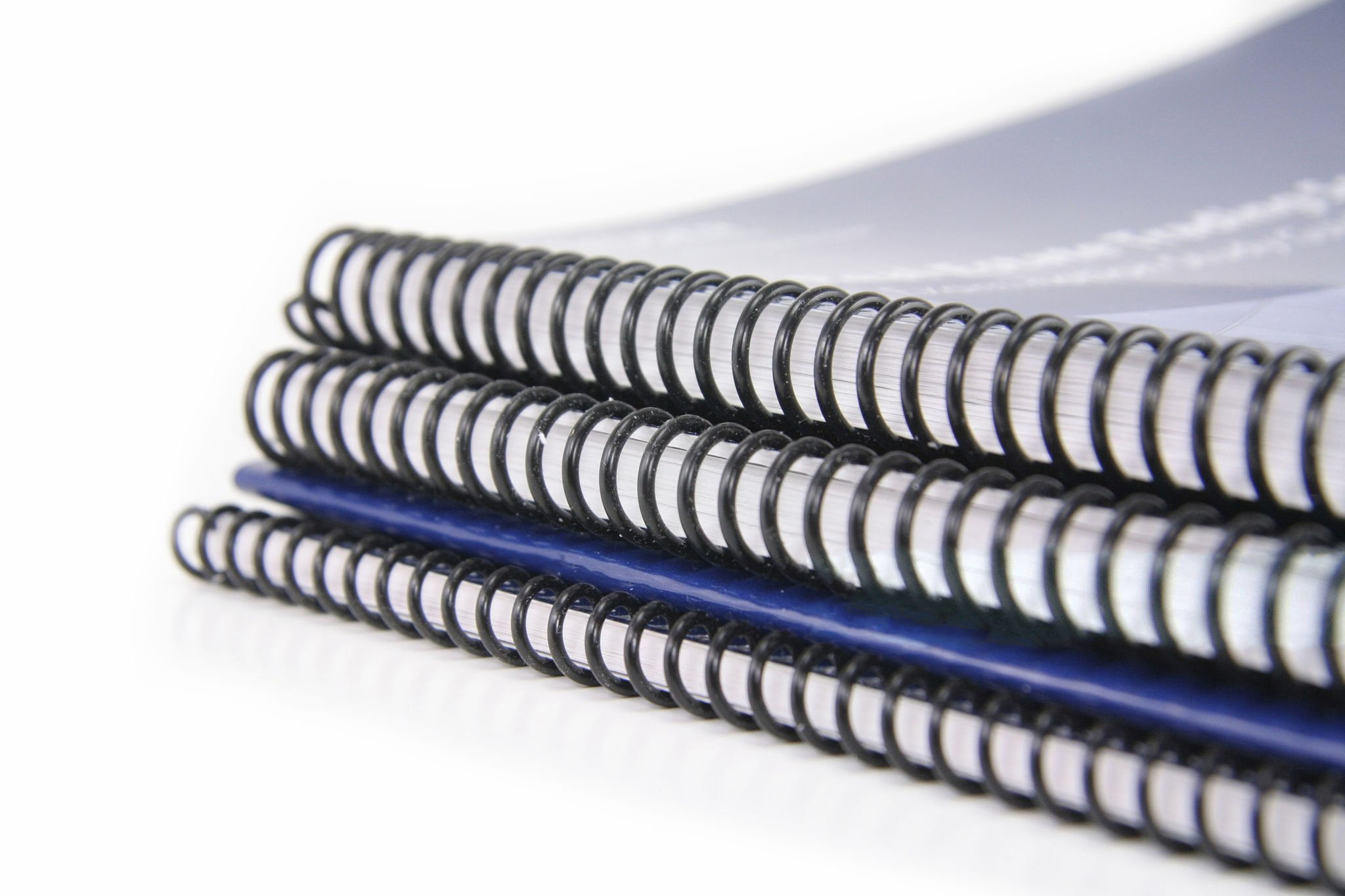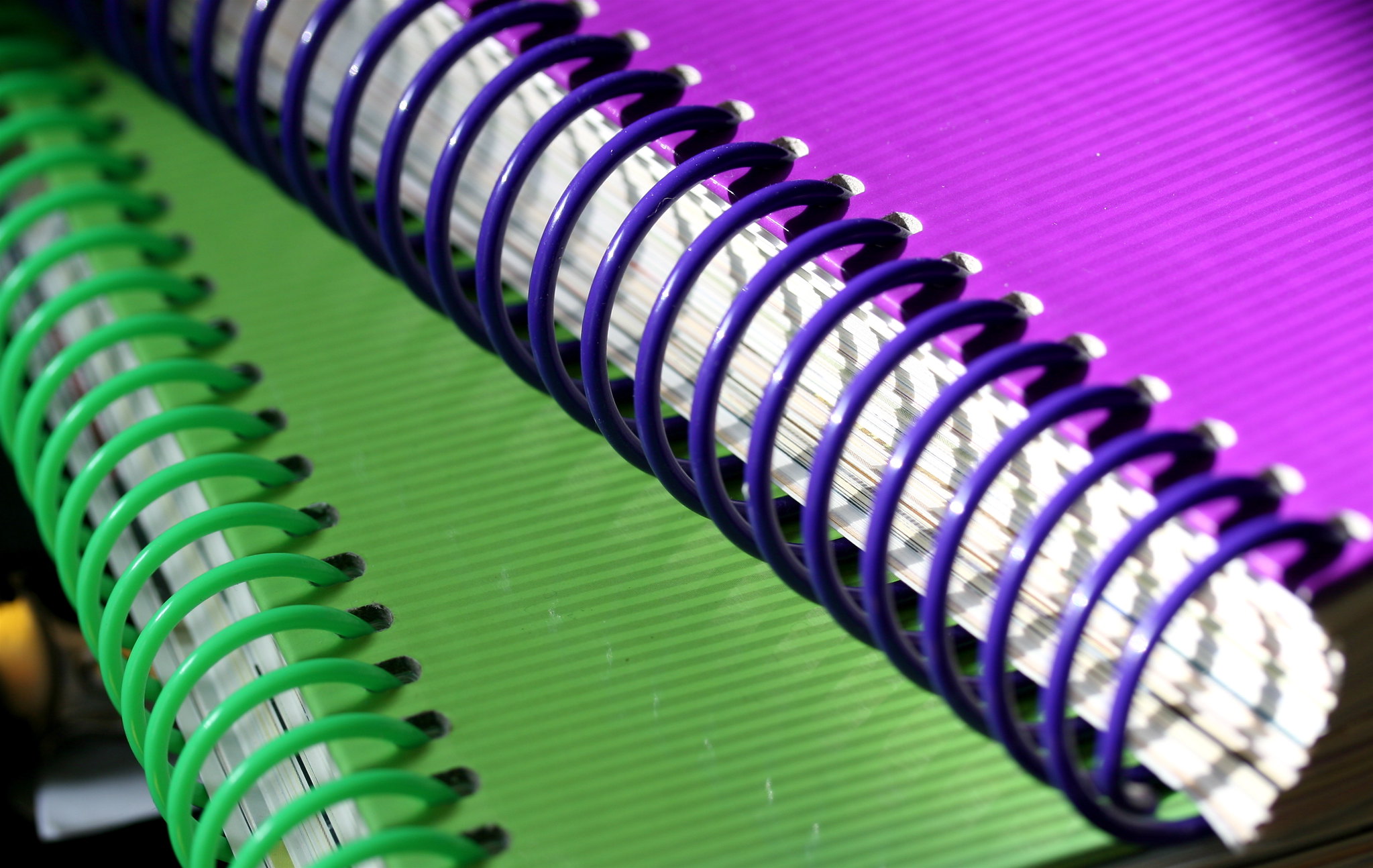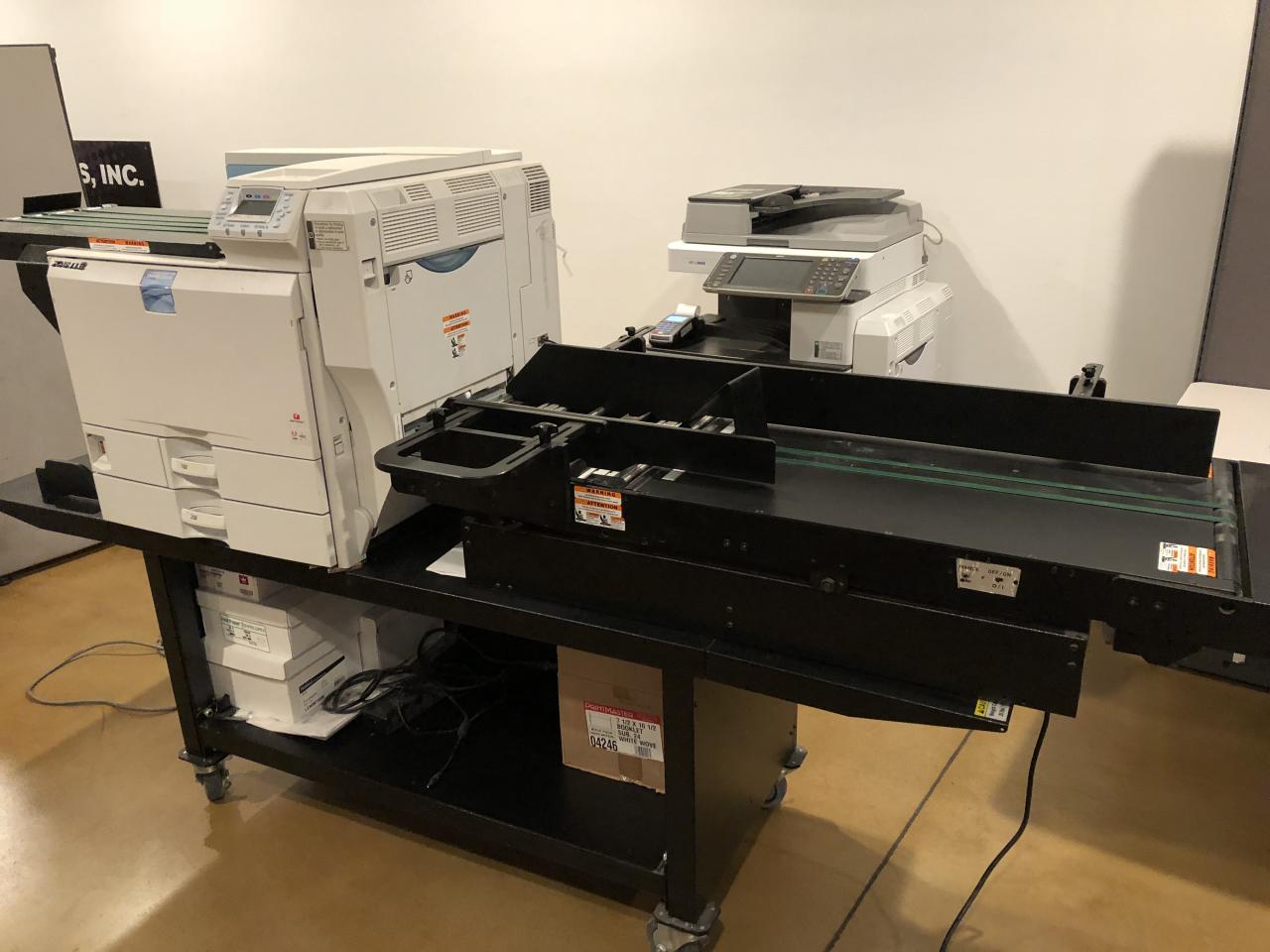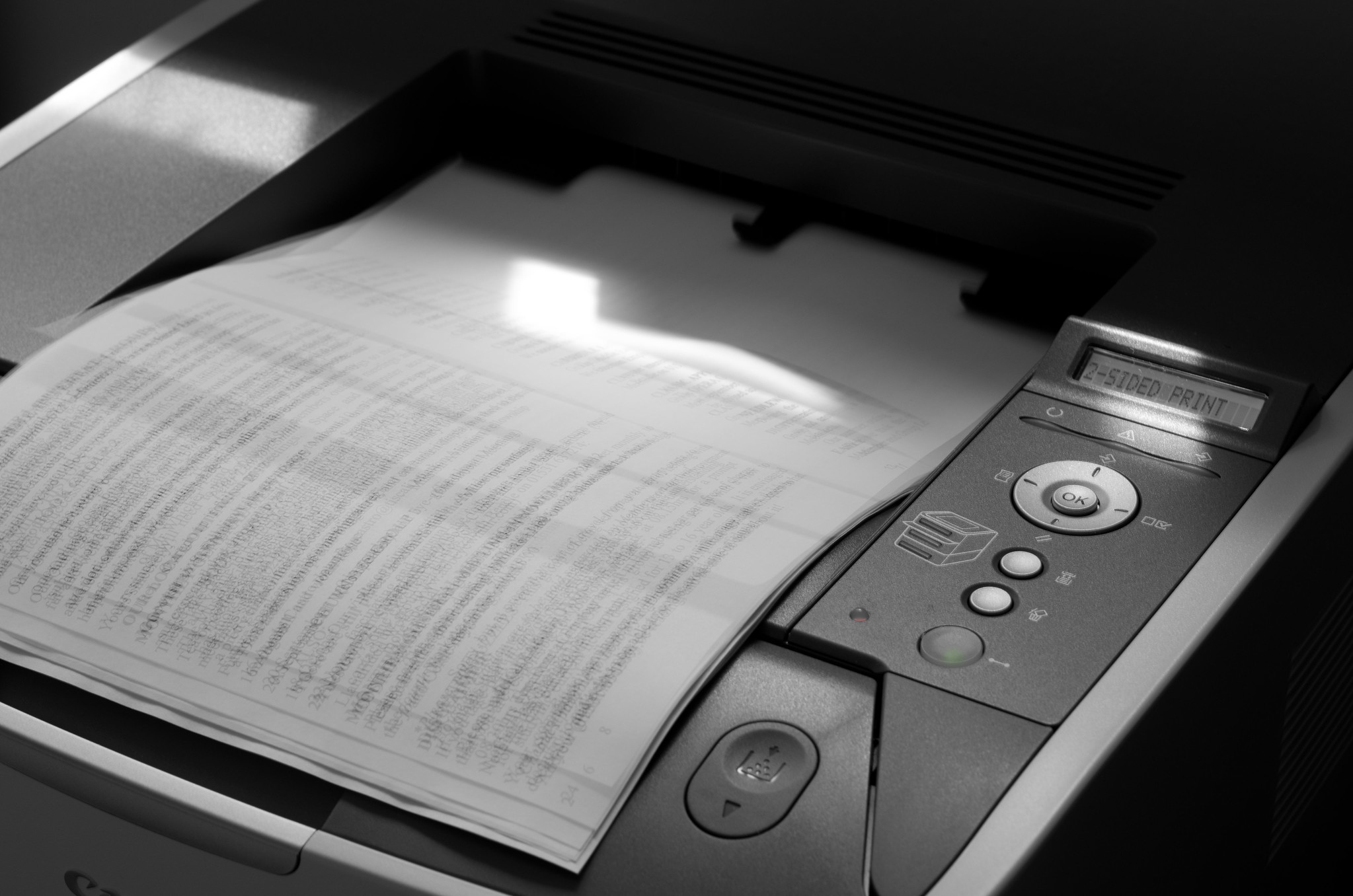Tag: printing tips
Achieving Rounded Corners for Business Cards, Posters, and More
In the world of design and print, the little details can make a big difference. One such detail that often gets overlooked but can greatly enhance the aesthetic appeal and durability of various printed materials is rounded corners. Whether it’s business cards, posters, brochures, or binding covers, rounded corners can add a touch of sophistication and professionalism to your designs. In this article, we’ll explore the benefits of rounded corners and delve into the various methods of achieving them, with a particular emphasis on the use of round cornering machines.
Why Rounded Corners?
Before we delve into the technicalities of how to achieve rounded corners, let’s first understand why they are worth considering for your printed materials. Rounded corners offer several advantages:
- Visual Appeal: Rounded corners give your designs a sleek and modern look, instantly catching the eye of your audience. They can make your printed materials stand out from the crowd and leave a lasting impression.
- Durability: Sharp corners are more prone to damage and wear over time, especially on items like business cards that are frequently handled. Rounded corners not only look more polished but also help prevent fraying and creasing, ensuring that your materials maintain their pristine appearance for longer.
- Safety: Rounded corners are not just about aesthetics; they also have practical benefits. Sharp corners can pose a safety hazard, especially on items like binding covers or laminated posters. By rounding off the corners, you eliminate the risk of accidental cuts or injuries.
- Brand Identity: Consistency in design is crucial for building a strong brand identity. By incorporating rounded corners across your printed materials, you create a cohesive look that reinforces your brand’s image of professionalism and attention to detail.
Methods of Achieving Rounded Corners
Now that we’ve established the importance of rounded corners, let’s explore how to achieve them. There are several methods available, ranging from manual techniques to specialized machinery. Among these options, using a round cornering machine stands out as the most efficient and reliable choice for achieving consistent and professional results. Here’s how it works:
- Manual Corner Rounders: Before the advent of specialized machinery, manual corner rounders were commonly used to achieve rounded corners. These handheld devices resemble small punches and require the user to align the material and apply pressure to punch out the corners. While manual corner rounders are affordable and portable, they are best suited for occasional use and may not deliver consistent results, especially on thicker materials.
- Rotary Trimmers: Rotary trimmers equipped with corner rounding blades offer a semi-automatic solution for achieving rounded corners. These trimmers can handle larger volumes of materials compared to manual corner rounders and provide more consistent results. However, they still require manual operation and may not be suitable for high-volume production environments.
- Round Cornering Machines: Round cornering machines, also known as corner rounders or corner cutters, are the ultimate solution for achieving perfectly rounded corners with speed and precision. These machines are designed specifically for commercial use and can handle a wide range of materials, from paper and cardstock to laminated sheets and even thin plastics. Here’s why round cornering machines are the best option:
- Efficiency: Round cornering machines are powered by electric motors, allowing for quick and effortless operation. With the push of a button or the pull of a lever, you can achieve perfectly rounded corners in a matter of seconds, significantly reducing production time and labor costs.
- Precision: Unlike manual techniques, round cornering machines ensure uniformity and accuracy in corner rounding, regardless of the material thickness or type. Advanced models may offer adjustable corner radius settings, allowing you to customize the curvature to suit your design preferences.
- Versatility: Round cornering machines come in various sizes and configurations to accommodate different types of materials and production volumes. Whether you’re running a small print shop or a large-scale commercial operation, there’s a round cornering machine available to meet your needs.
- Professional Finish: The crisp and clean edges produced by round cornering machines give your printed materials a professional finish that enhances their overall quality and appeal. Whether you’re producing business cards, posters, brochures, or binding covers, rounded corners add a touch of elegance and sophistication that sets your designs apart.
One of the best round cornering machines, Sysform Round Cornering Machine Model S-100, is carefully crafted with only the highest quality components. Works with all standard materials like; PVC, polyester, leather, paper, polypropylene, etc. It is specially designed to cut through multiple sheets at a time with the least effort and with minimum depreciation. This is a manually operated machine. Sysform S-500 Desktop Electric Round Cornering Cutter, is another type of round cornering machine that is an electric tabletop, whereas Sysform S-700 Heavy Duty Electric Round Cornering Cutter is an electric floor model.
In the competitive world of design and print, every detail matters. Rounded corners may seem like a minor feature, but they can have a significant impact on the overall look and feel of your printed materials. Whether you’re aiming for visual appeal, durability, safety, or brand consistency, rounded corners offer a multitude of benefits that make them worth considering for your next project.
While there are various methods available for achieving rounded corners, using a round cornering machine stands out as the most efficient and reliable option. With their speed, precision, and versatility, round cornering machines ensure consistent and professional results that elevate your designs to the next level. So why settle for sharp corners when you can give your printed materials the perfect finish with rounded corners?
If you’re a business owner in the office, binding, printing or publishing industry, and you’re seeking the best round cornering machines to enhance your operations, look no further. Our selection of high-quality round cornering machines is designed to meet your specific needs. Whether you require the durability of case binding, the versatility of perfect binding, or the cost-effective benefits of saddle stitching, we have the right binding solution for you. Contact us today to explore our range of binding machines and take your business to the next level.

